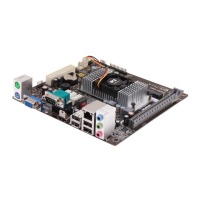
Do you have a question about the Intel Celeron 847 and is the answer not in the manual?
| Number of Cores | 2 |
|---|---|
| Number of Threads | 2 |
| L3 Cache | 2 MB |
| Manufacturing Process | 32 nm |
| TDP | 17 W |
| Graphics Base Frequency | 350 MHz |
| Graphics Max Dynamic Frequency | 800 MHz |
| Max Memory Size | 16 GB |
| Max Memory Channels | 2 |
| PCI Express Revision | 2.0 |
| Instruction Set | 64-bit |
| Instruction Set Extensions | SSE4.1, SSE4.2 |
| Embedded Options Available | Yes |
| Lithography | 32 nm |
| CPU Socket | FCBGA1023 |
| Clock Speed | 1.1 GHz |
| Integrated Graphics | Intel® HD Graphics |
| Memory Types | DDR3 1066/1333 |
Detailed listing of the motherboard's primary functions, capabilities, and supported technologies.
Comprehensive technical data including dimensions, CPU, memory, expansion slots, and I/O ports.
Visual guide identifying the location and purpose of key components and connectors on the motherboard.
Configuration of jumpers on the motherboard for specific functions.
Pinout and description of all motherboard connectors for peripherals and internal devices.
Pinout and description of motherboard headers used for front panel connections and internal modules.
Step-by-step instructions on how to access the BIOS setup utility during system boot.
Explanation of the BIOS interface, including menu bar, items, and current setting values.
Reference for essential keyboard shortcuts and function keys used for navigation and control in BIOS.
Method for accessing on-screen help and detailed information for BIOS options.
Overview of the main categories (Main, Advanced, Chipset, Boot, Security, Save & Exit) in the BIOS.
Details on system information displayed on the primary BIOS screen and basic adjustment methods.
Configuration settings for advanced system parameters, including power management and CPU features.
Settings for managing the motherboard chipset, including USB, PCIe, and graphics configurations.
Options to control the system's boot sequence, boot device priority, and legacy support.
Settings for BIOS passwords, secure boot policies, and user access control.
Procedures for saving configuration changes, loading defaults, and exiting the BIOS utility.
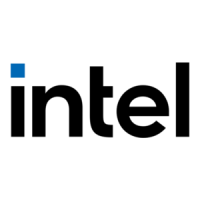




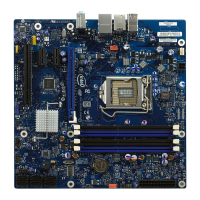
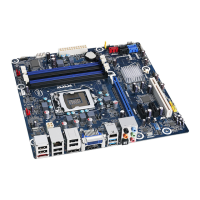
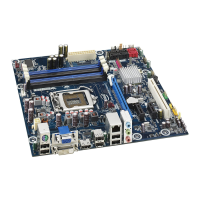
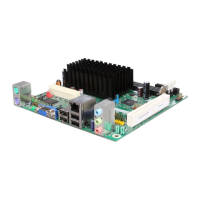
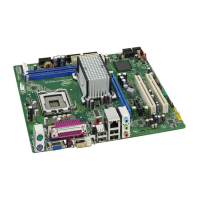

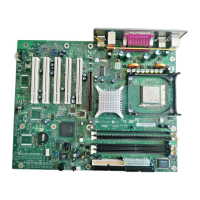
